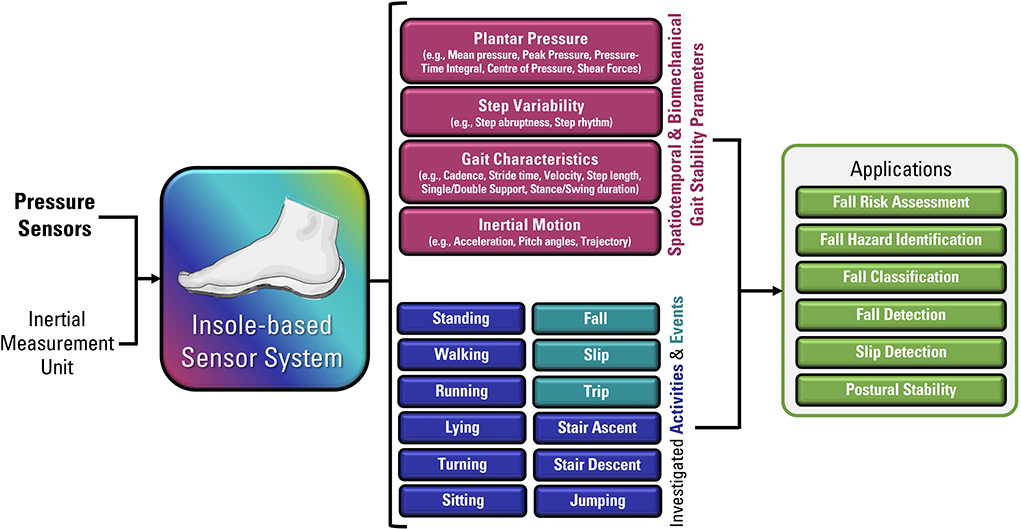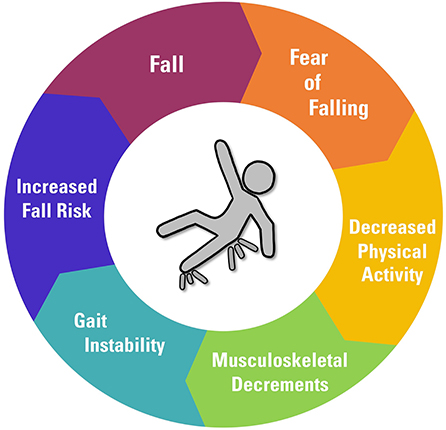The smart Trick of Dementia Fall Risk That Nobody is Discussing
All About Dementia Fall Risk
Table of Contents6 Simple Techniques For Dementia Fall RiskA Biased View of Dementia Fall RiskFascination About Dementia Fall RiskDementia Fall Risk Things To Know Before You BuyHow Dementia Fall Risk can Save You Time, Stress, and Money.
Make certain that there is a marked area in your clinical charting system where staff can document/reference scores and record pertinent notes associated to drop avoidance. The Johns Hopkins Fall Danger Evaluation Tool is one of many tools your team can make use of to assist avoid unfavorable medical occasions.Individual falls in healthcare facilities prevail and debilitating adverse occasions that continue despite years of initiative to reduce them. Improving communication throughout the examining nurse, treatment team, patient, and person's most included loved ones might enhance fall avoidance efforts. A team at Brigham and Female's Medical facility in Boston, Massachusetts, sought to establish a standardized loss prevention program that focused around enhanced interaction and client and family involvement.

The technology group highlighted that successful implementation depends on person and staff buy-in, combination of the program into existing workflows, and fidelity to program processes. The group kept in mind that they are coming to grips with how to ensure connection in program execution during periods of situation. Throughout the COVID-19 pandemic, for instance, an increase in inpatient drops was connected with restrictions in patient involvement in addition to limitations on visitation.
Excitement About Dementia Fall Risk
These occurrences are generally taken into consideration avoidable. To apply the intervention, companies need the following: Accessibility to Fall ideas sources Autumn pointers training and retraining for nursing and non-nursing team, including new registered nurses Nursing workflows that permit patient and family interaction to conduct the falls analysis, guarantee usage of the prevention plan, and perform patient-level audits.
The outcomes can be highly destructive, typically increasing patient decline and creating longer medical facility remains. One research estimated remains raised an additional 12 in-patient days after a client loss. The Loss TIPS Program is based on appealing individuals and their family/loved ones throughout three main processes: analysis, customized preventative interventions, and auditing to guarantee that individuals are participated in the three-step fall prevention process.
The client evaluation is based upon the Morse Loss Range, which is a confirmed fall risk assessment tool for in-patient healthcare facility setups. The range consists of the six most typical reasons people in medical facilities drop: the patient fall history, risky conditions (consisting of polypharmacy), use IVs and various other outside tools, psychological standing, stride, and wheelchair.
Each threat variable web links with one or even more workable evidence-based treatments. The nurse produces a plan that integrates the interventions and is visible to the care team, patient, and family members on a laminated poster or published aesthetic help. Nurses establish the plan while meeting the patient and the patient's family.
Dementia Fall Risk - The Facts
The poster acts as an interaction device with other participants of the individual's care group. Dementia Fall Risk. The audit element of the program consists of examining the client's knowledge of their danger elements and avoidance plan at the device and healthcare facility levels. Registered nurse champs carry out at the very least 5 private meetings a month with individuals and their families to look for understanding of the fall avoidance plan

An estimated 30% of these falls cause injuries, which can vary in seriousness. Unlike other adverse occasions that need a standardized clinical feedback, loss prevention depends highly on the demands of the individual. Including the input of people that understand the patient finest enables better customization. This method has actually verified to be more reliable than autumn prevention programs that are based largely on the manufacturing of a risk rating and/or are not adjustable.
Dementia Fall Risk for Dummies

Based on auditing outcomes, one site had 86% conformity and 2 sites had over 95% conformity. A cost-benefit analysis of the Autumn TIPS program in 8 medical facilities approximated that the program expense $0.88 per patient to apply and led to savings of $8,500 per 1000 patient-days in straight costs associated with the prevention of 567 tips over three years and 8 months.
According to the advancement team, companies interested in applying the program ought to perform a readiness analysis and drops prevention voids analysis. 8 In addition, organizations must ensure the essential infrastructure and process for implementation and create an execution strategy. If one exists, the organization's Autumn Avoidance Task Pressure need to be included in preparation.
The Buzz on Dementia Fall Risk
To have a peek at this website start, companies should guarantee completion of training components by registered nurses and nursing aides - Dementia Fall Risk. Health center staff ought to examine, based upon the needs of a medical facility, whether to make use of a digital wellness document hard copy or paper variation of the loss avoidance strategy. Implementing teams should hire and train nurse champions and develop processes for auditing and coverage on autumn information
Personnel require to be associated with the procedure of revamping the process to engage clients and household in the evaluation and prevention plan process. Systems should remain in area to make sure that devices can recognize why a loss happened and remediate the cause. More especially, registered nurses must have networks to supply continuous comments to both staff and unit management so they can readjust and enhance autumn prevention workflows and connect systemic troubles.